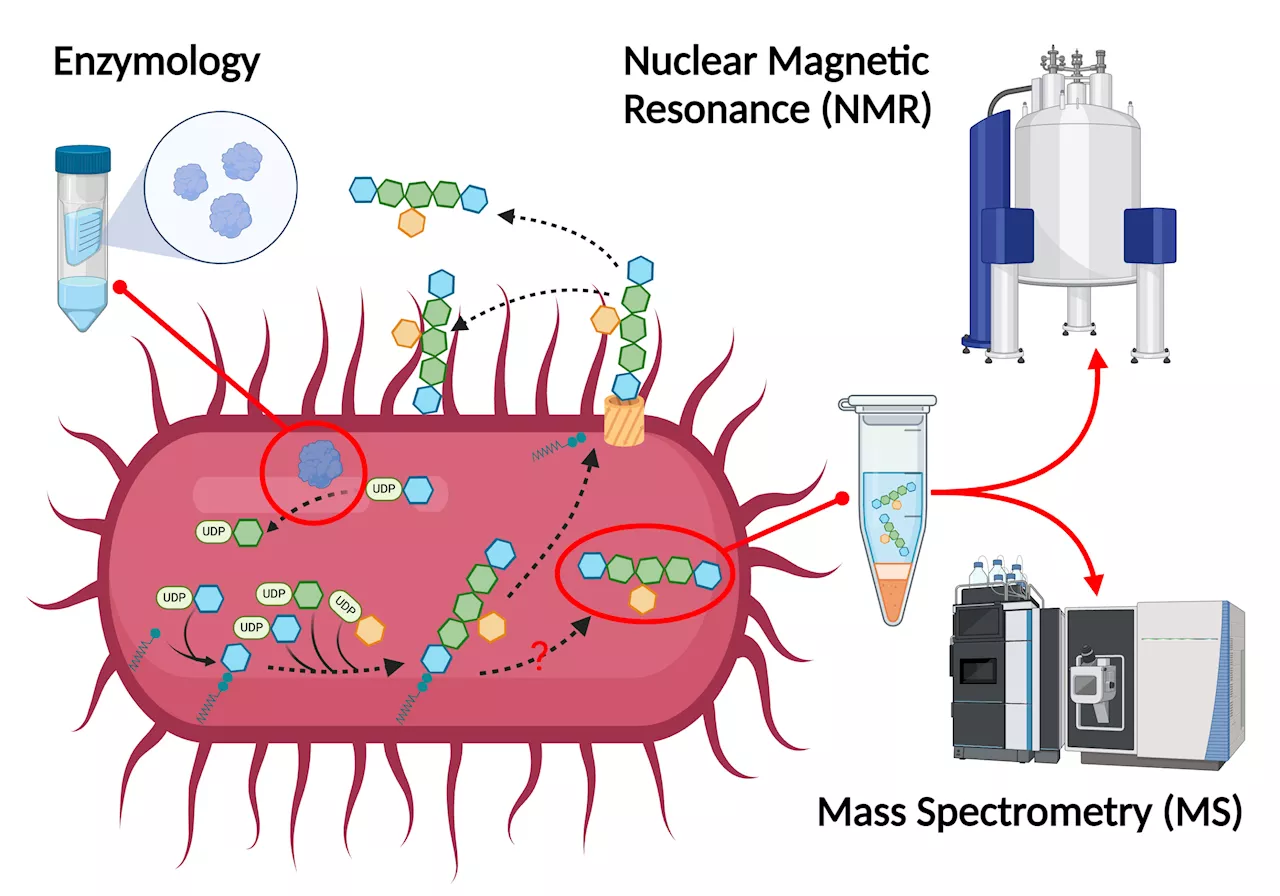Researchers have traced the origins of arabica coffee back to natural crossbreeding of two other coffee species around 600,000 years ago. The study aims to protect the plants from pests and climate change.
around the world, researchers built a family tree for the world's most popular type of coffee, known to scientists as Coffea arabica and to coffee lovers simply as “arabica.”
“In other words, prior to any intervention from man,” said Victor Albert, a biologist at the University at Buffalo who co-led the study.These wild coffee plants originated in Ethiopia but are thought to have been first roasted and brewed primarily in Yemen starting in the 1400s. In the 1600s, Indian monk Baba Budan is fabled to have smuggled seven raw coffee beans back to his homeland from Yemen, laying the foundation for coffee’s global takeover.
The study was published Monday in the journal Nature Genetics. Researchers from Nestlé, which owns several coffee brands, contributed to the study. Today, that renders arabica coffee plants more vulnerable to diseases like coffee leaf rust, which cause billions of dollars in losses every year. The researchers explored the makeup of one arabica variety that is resistant to coffee leaf rust, highlighting sections of its genetic code that could help protect the plant.
Researchers Family Tree Arabica Coffee Origins Crossbreeding Pests Climate Change
United Kingdom Latest News, United Kingdom Headlines
Similar News:You can also read news stories similar to this one that we have collected from other news sources.
 Researchers uncover the microbial secrets of dry eyeResearchers have used advanced sequencing technology to determine how the mix of microbes present in patients with healthy eyes differs from the mix found in patients with dry eye. The new work could lead to improved treatments for various eye problems and for diseases affecting other parts of the body.
Researchers uncover the microbial secrets of dry eyeResearchers have used advanced sequencing technology to determine how the mix of microbes present in patients with healthy eyes differs from the mix found in patients with dry eye. The new work could lead to improved treatments for various eye problems and for diseases affecting other parts of the body.
Read more »
 Researchers uncover protein interactions controlling fertility in female miceResearchers have shed light on the proteins controlling the development of ovaries in mice before and after birth. This could lead to a better understanding of how female infertility develops.
Researchers uncover protein interactions controlling fertility in female miceResearchers have shed light on the proteins controlling the development of ovaries in mice before and after birth. This could lead to a better understanding of how female infertility develops.
Read more »
 Researchers uncover key biomolecule involved in whooping cough infectionResearchers have identified a new complex-carbohydrate biomolecule, or glycan, that plays a key role in the nasal colonization of the Bordetella bacteria responsible for whooping cough. The discovery could make it possible to create a new drug or vaccine that interferes with the glycan to greatly reduce or even stop ongoing Bordetella transmission.
Researchers uncover key biomolecule involved in whooping cough infectionResearchers have identified a new complex-carbohydrate biomolecule, or glycan, that plays a key role in the nasal colonization of the Bordetella bacteria responsible for whooping cough. The discovery could make it possible to create a new drug or vaccine that interferes with the glycan to greatly reduce or even stop ongoing Bordetella transmission.
Read more »
 Researchers uncover culprits behind pitting corrosion in 3D-printed stainless steelLike a hidden enemy, pitting corrosion attacks metal surfaces, making it difficult to detect and control. This type of corrosion, primarily caused by prolonged contact with seawater in nature, is especially problematic for naval vessels.
Researchers uncover culprits behind pitting corrosion in 3D-printed stainless steelLike a hidden enemy, pitting corrosion attacks metal surfaces, making it difficult to detect and control. This type of corrosion, primarily caused by prolonged contact with seawater in nature, is especially problematic for naval vessels.
Read more »
 Researchers Uncover Unique Movement of Molecules on GraphiteUsing neutron spectroscopy, researchers have discovered the moonlander-like movement of triphenylphosphine on graphite, providing new insights into molecular motion and its applications in material science.
Researchers Uncover Unique Movement of Molecules on GraphiteUsing neutron spectroscopy, researchers have discovered the moonlander-like movement of triphenylphosphine on graphite, providing new insights into molecular motion and its applications in material science.
Read more »
